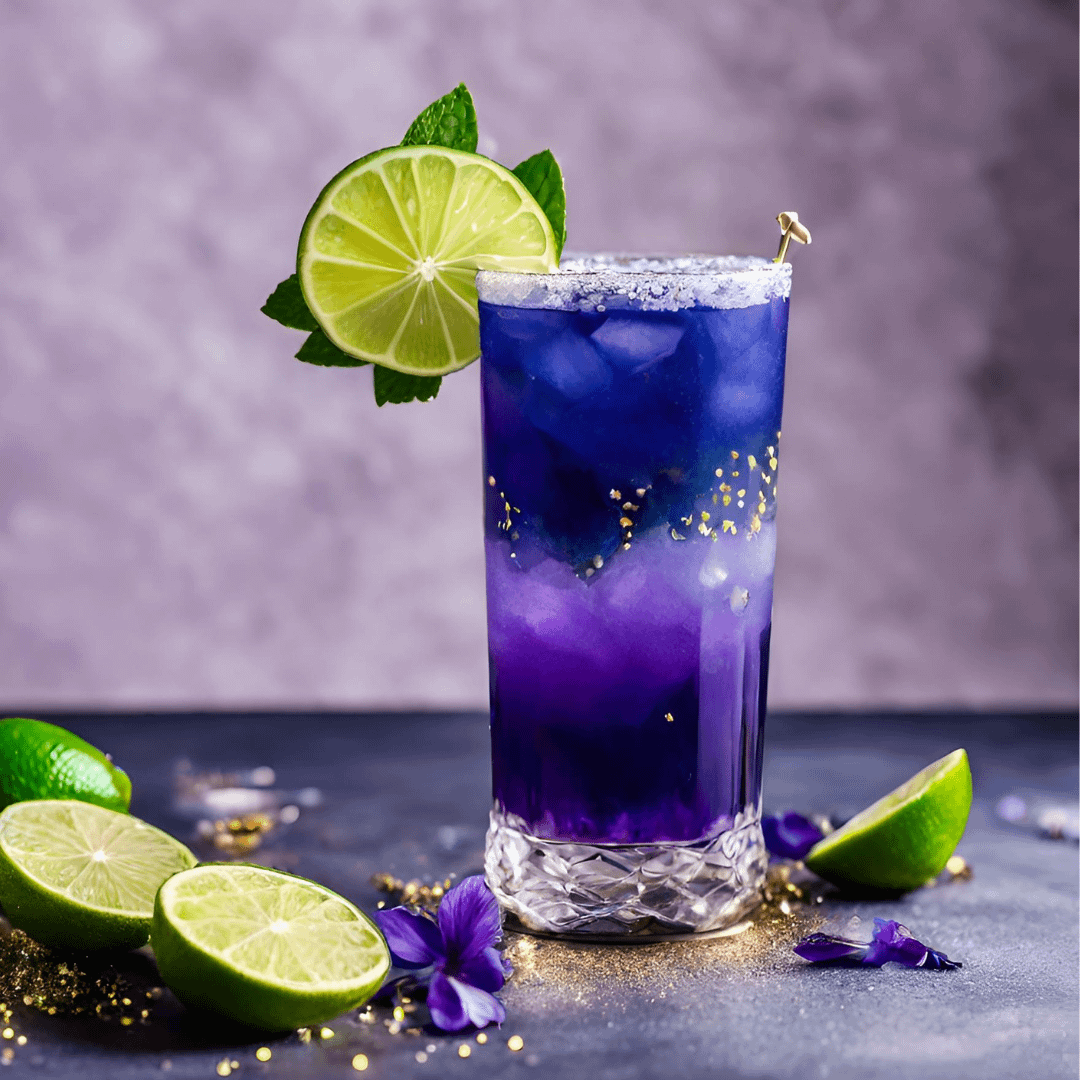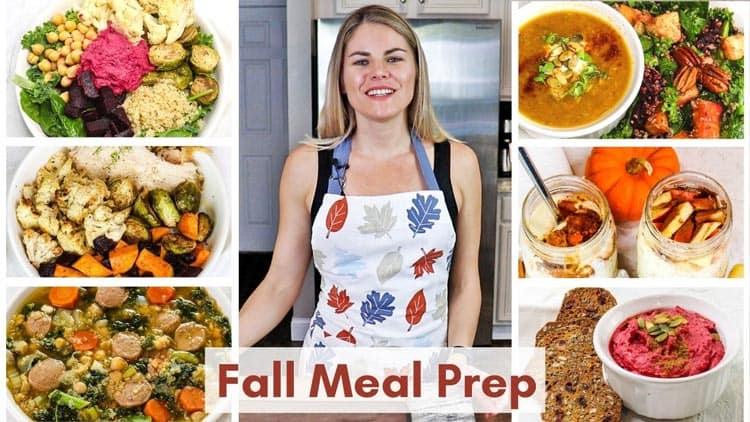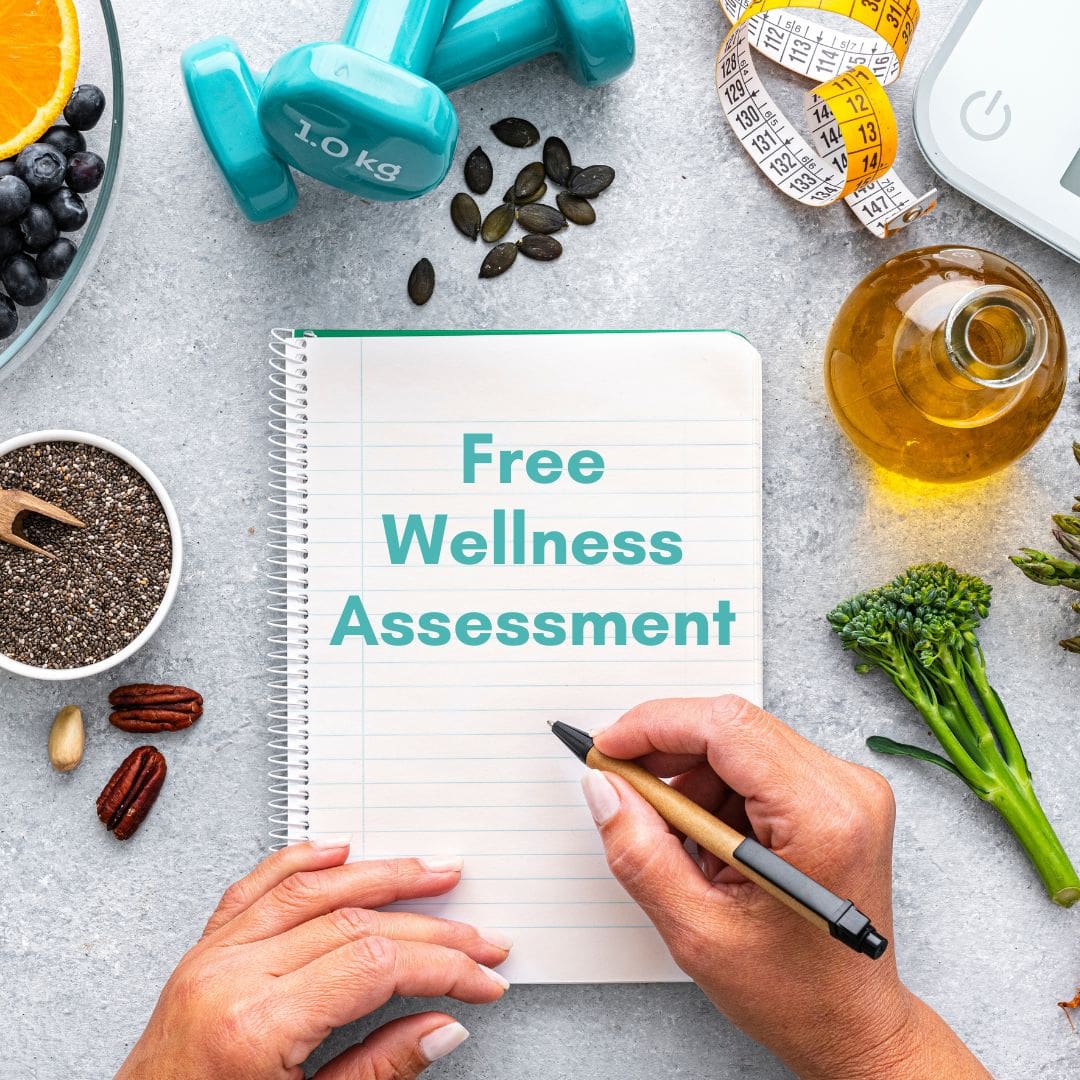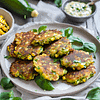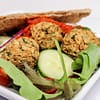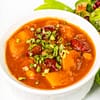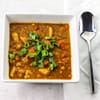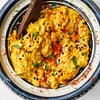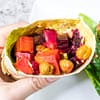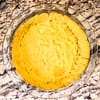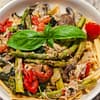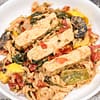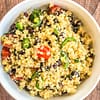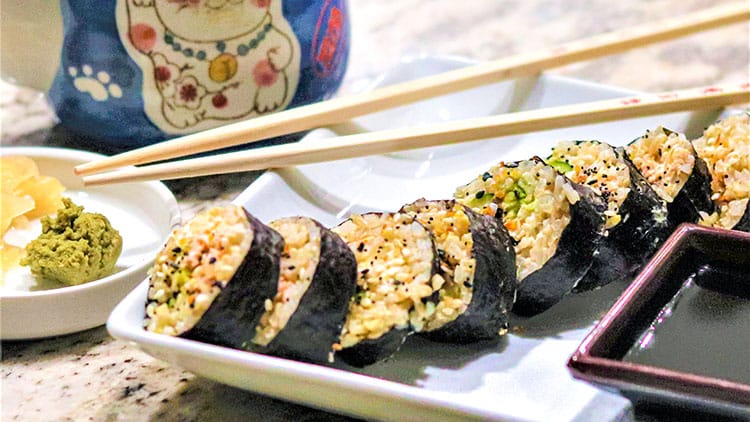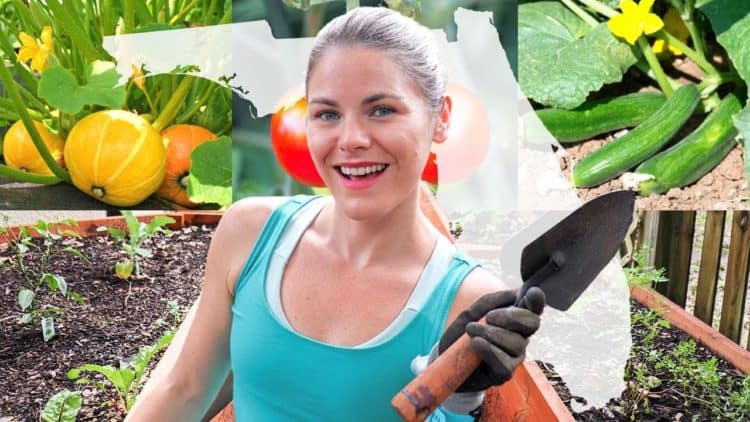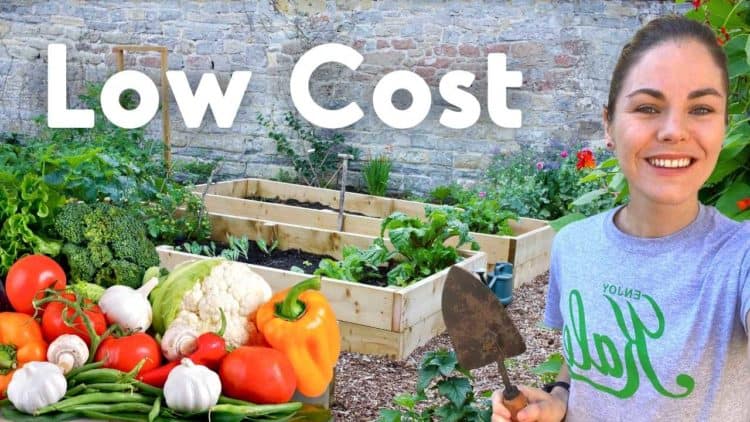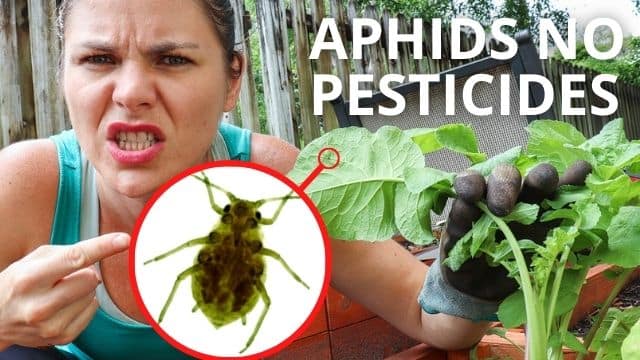Share This

Pages on this site may contain affiliate links, meaning if you book or buy something, I may earn an affiliate commission at no additional cost to you. Thank you for your support! Learn More
Also note: While I am a certified nutrition coach, I am not a medical doctor. Information here is not intended to be a replacement for the advice you should seek from your doctor.
Wholesome, versatile, and rich in fiber and proteins: chickpeas are a true must-have in my kitchen! I love using them in stir-fries, curries, hummus, and even healthy cookies and desserts. In addition, chickpeas can come in many different shapes and sizes: dried, canned, or pre-cooked are only some of the ways in which we can buy this amazing legume. But what are the main differences between dried chickpeas vs canned ones?
Chickpeas: all the nutritional benefits
Chickpeas (also called garbanzo beans) are one of my favorite sources of plant protein. A cup of chickpeas provides nearly one-third of an adult’s daily protein needs. I like to consume more protein for it’s benefits, but this is the minimum to stay healthy. This makes them particularly helpful for people following a plant-focused diet, and for everyone that wants to boost their protein intake with less (or without) animal food sources. In addition, these plant proteins come with little to no fats and a whole lot of fiber and minerals.
Among them are iron, a mineral essential in the production of hemoglobin, a protein in red blood cells that carries oxygen from the lungs to all parts of the body, as well as calcium, a mineral crucial in promoting healthy bone structure and strength. This is why legumes such as chickpeas can assist in treating and preventing osteoporosis. In addition, chickpeas are rich in magnesium and selenium, both of which can help lower blood pressure while improving the overall health of our cardiovascular system.
Moreover, one cup of chickpeas (around 164 grams) contains around 12.5 grams of dietary fiber (mainly in the form of raffinose). Consuming enough fiber on a daily basis is essential for ensuring good gut health, reducing blood sugar spikes, and even lowering blood cholesterol levels.
Last but not least, chickpeas are quite low in calories (around 150 calories for 100 grams of cooked product), whilst being quite voluminous and very low in fats. This is why you should eat more of them if you are wanting to lose weight, or if you are just trying to have a more wholesome and satiating diet.
In summary, chickpeas are a true powerhouse of all the micro and macronutrients we need for our bodies to thrive. But are there any major differences in the nutritional benefits of dried chickpeas vs canned ones? And which ones should we prefer?
Dried chickpeas vs canned ones: what are the main differences?
Dried chickpeas are excellent whole foods, as they come directly from the ground and do not contain any preservatives, additives, or salt. Before consumption, you have to soak them in water for a couple of hours, and then cook them for at least 45 minutes (to reduce cooking time, use an instant pot). You can then add them to different recipes and preparations.
On the other hand, canned chickpeas are already pre-cooked and, most of the time, pre-seasoned. You can even eat them straight out of the can, even though it’s always better to drain and rinse them very well, as the bean juice (a.k.a. the aquafaba) is generally high in salt and preservatives.
From these definitions, it’s already easy to understand what the main nutritional differences between dried chickpeas vs canned ones are.
The first one is that chickpeas are richer in nutrients and minerals and are easier for us to absorb and digest. However, the preparation might take quite a long time, which is not ideal if we are in a hurry. This is where canned chickpeas come into play. These are readily available and quite convenient as well. However, they are also richer in salt, and sometimes additives and preservatives – both added to extend their shelf life.
So, how can we balance convenience with wholesomeness? The ideal would be to make our own canned chickpeas from scratch in advance! All you have to do is soak your chickpeas for a couple of hours and boil them in water (you can also use some veggie broth) for around 30-35 minutes. Place them in a jar, covered with cooking water and a tablespoon of salt (optional: herbs like dried thyme or rosemary). Then close the jar very carefully with a lid. Store them in your pantry (or in a dark and cool room) for at least a couple of days before consumption. The result will be some incredibly soft and flavorful canned chickpeas: it will be so hard not to eat them straight out of the jar!
Dried vs canned chickpeas: tips for an easier digestion
Chickpeas can sometimes be quite hard to digest, especially if you are not used to eating them regularly. Luckily, there are some useful tips to prevent the annoying bloating and gas caused by their consumption.
- In the case of dried chickpeas, make sure to soak them well before cooking (ideally with a sheet of seaweed or a laurel leaf). This will help eliminate the lectins contained in them. Lectins are a family of proteins that can increase gut permeability, thus causing poor digestion, inflammation, and even allergies.
- If you opt for canned chickpeas, make sure to drain and rinse them very well. This way, you will eliminate all the anti-nutrients contained in the bean juice. These are generally the main cause of the digestive issues linked to the consumption of canned legumes. Plus, you will get rid of most of the salt and preservatives contained in the bean juice.
- If you are still having issues digesting garbanzo beans, try to switch to chickpea (or garbanzo) flour. This is a gluten-free flour, naturally higher in proteins and fiber than regular white flour. You can even make an amazing pizza crust of out it: Chickpea Flour Pizza Crust!
❤️❤️ Don’t miss a recipe or post! Make sure you remember to sign up for my Newsletter and follow me on social ❤️❤️!
Get Your Free Stuff!
Cooked Chickpeas: nutrition facts
Chickpeas are high in plant protein, vitamin B, dietary fiber, and essential minerals such as iron, manganese, and calcium. They are also quite rich in carbohydrates: be mindful of this if you are in the process of tracking your macros intake!
A 1-cup (164-gram) serving of cooked chickpeas contains:
- Calories: 269
- Protein: 14.5 grams
- Fat: 4 grams
- Carbs: 45 grams
- Fiber: 12.5 grams
- Manganese: 74% of the Daily Value (DV)
- Folate (vitamin B9): 71% of the DV
- Copper: 64% of the DV
- Iron: 26% of the DV
- Zinc: 23% of the DV
- Phosphorus: 22% of the DV
- Magnesium: 19% of the DV
- Thiamine: 16% of the DV
- Vitamin B6: 13% of the DV
- Selenium: 11% of the DV
- Potassium: 10% of the DV
Fun Facts About Chickpeas
- Chickpeas were one of the world’s first cultivated legumes: they were indeed grown thousands of years before Christ, in the area of former Persia.
- In Ancient Egypt, chickpeas were a symbol of power and masculinity.
- During the 18th century, ground chickpeas were the base of a hot drink, similar to coffee.
- The largest producers of chickpeas today are India, Pakistan, Ethiopia, and Mexico.
- Chickpea liquid (either from canned beans or from cooking the bean) is called aquafaba. This is a thick liquid containing a mix of starch and trace amounts of protein, with emulsifying, binding, and thickening properties. It works very well as a flavorless and odorless egg replacer in plant-based recipes.
How to Choose the Best Chickpeas: dried chickpeas vs canned chickpeas
Dried and canned chickpeas can be found in most grocery stores as well as organic food stores. If you buy canned chickpeas, make sure that the cans are not dented, leaking, or cracked, and that they do not have bulging lids.
If you are opting for uncanned chickpeas, pay attention to the appearance and color of the chickpeas. Dried chickpeas should be quite pale in color and without any dark spots. These can last for up to a year if stored in a cold, dry place. Alternatively, you can freeze them, preferably uncooked.
The Cultivation of Chickpeas
Chickpeas, like all legumes, are generally sown in spring, as the last frosts and the lower temperatures do not interfere with germination. Due to this feature, the chickpea plant is suitable for both the Mediterranean and continental climates.
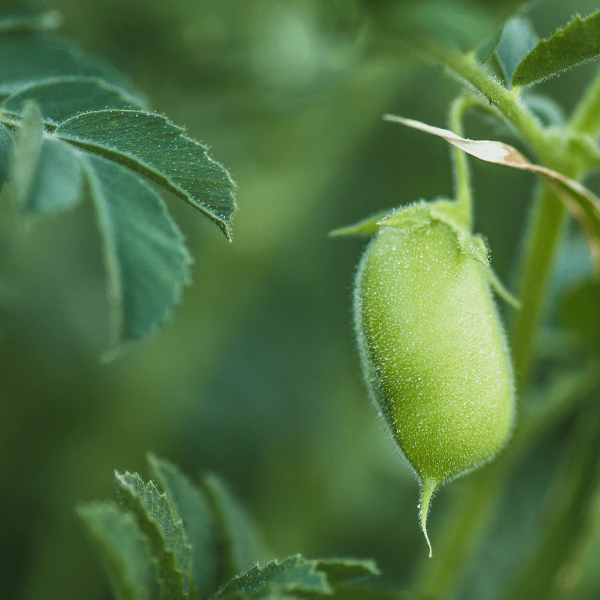

Chickpea is an ideal crop for soils that are poor in nutrients, as they are generally more alkaline (the plant loves low acidic soils). The plant tolerates salty soils and therefore grows also close to the sea.
As far as the right temperatures for the cultivation of chickpeas are concerned, these might vary according to the phase in which the plants are at. For example, the best temperature for chickpeas in the vegetative phase is between 20 and 24°C (about 70-75°F), and up to 25°C (77°F) during the flowering phase. In the germination phase, the temperature should not drop below 5°C (41°F), while in the sprouting phase it should not be lower than 8°C (~46°F).
Amazing Recipes with Chickpeas (salty & sweet)
Chickpeas are a very versatile ingredient: they are great in both sweet and salty recipes, as the main source of protein, or as a side component of a dish.
Once you start using them in your kitchen, you will quickly realize that the options are countless. They are great for reproducing the density and texture of meat, as I did in these recipes. Savory Neatloaf, Mexican Zucchini Corn Fritters, Vegan Chickpea Dumplings in Curried Tomato Sauce, and Air Fried Falafels.
If you are looking for a warming, nutritious meal for the upcoming colder days, check out some of my soups. Italian Kale Chickpea Soup, Smokey Butternut Chili, or Indian Chickpea Lentil Soup.
Blend and cook your chickpeas as the base for some healthy plant-based spreads. I recently came up with a few recipes. My favorite ones are Curry Hummus, Mango Sriracha Humus, Oil-free Hummus, and even a sweet one Dark Chocolate Hummus.
They are also a great addition to any salad, wrap, or bowl, as an easy way to boost their protein content. Plus, they are perfect in earthy dishes such as Curried Chickpea Veggie Wrap. Root Veggie Hash, Spicy Quinoa Salad, or Grilled Veggie Antipasta Salad.
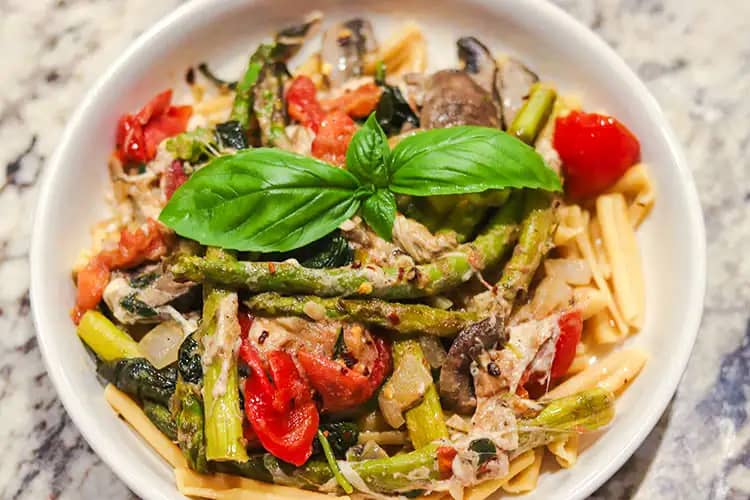

Last but not least, another interesting way of using chickpeas is using chickpea flour. I tried making both pizza dough and pie crust from it, and they both came out perfectly. You can also try chickpea pasta as a healthy high-protein replacement for a regular white one. These are my favorite recipes: Italian Chickpea Pasta with Sautéed Veggies and Roasted Vegetable Chickpea Pasta. Can’t you tell how much I love chickpeas!?


